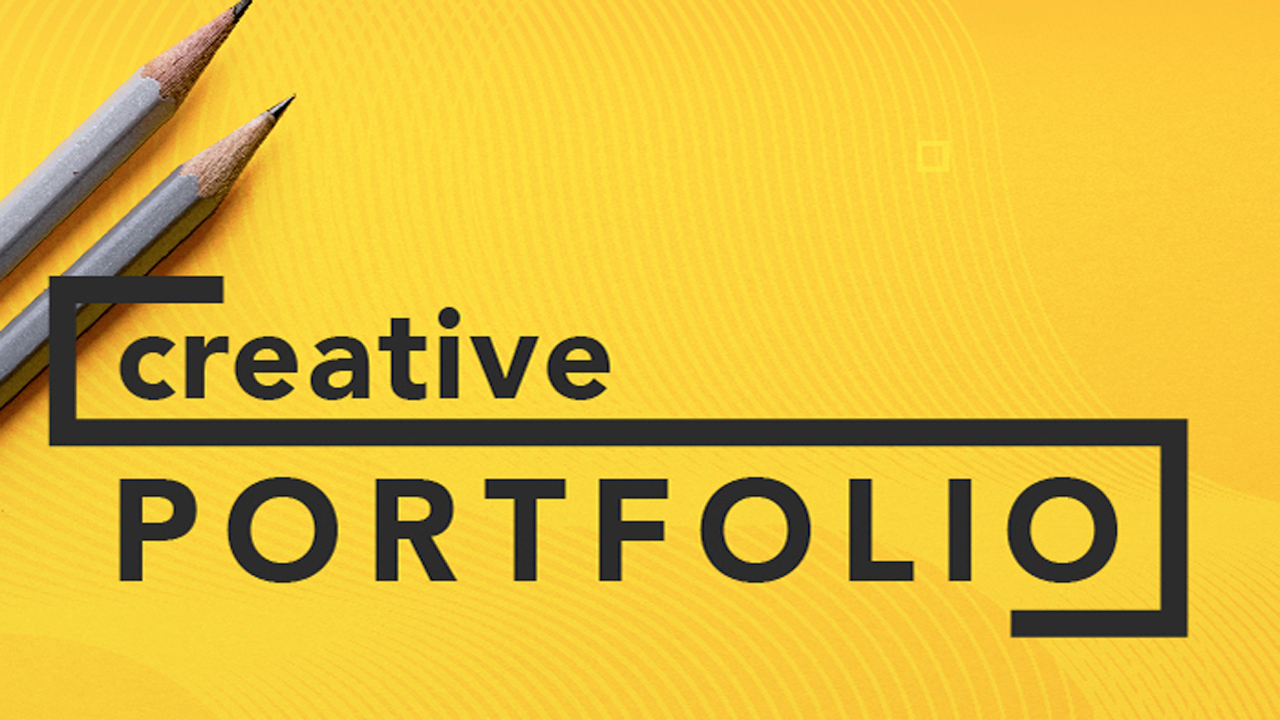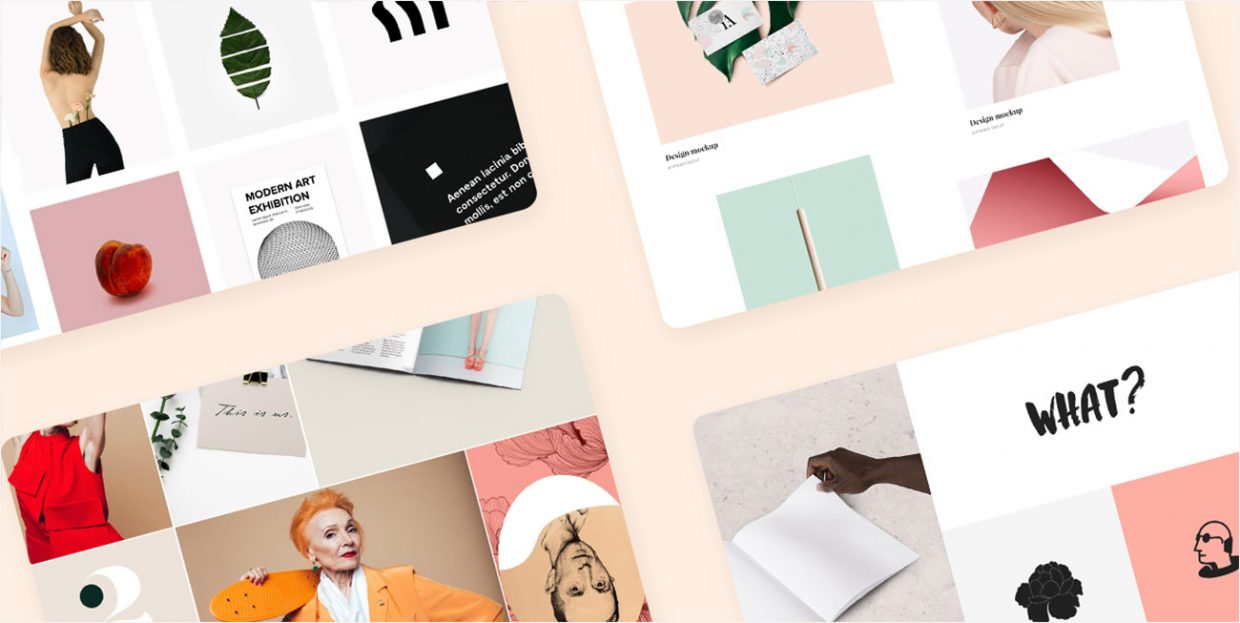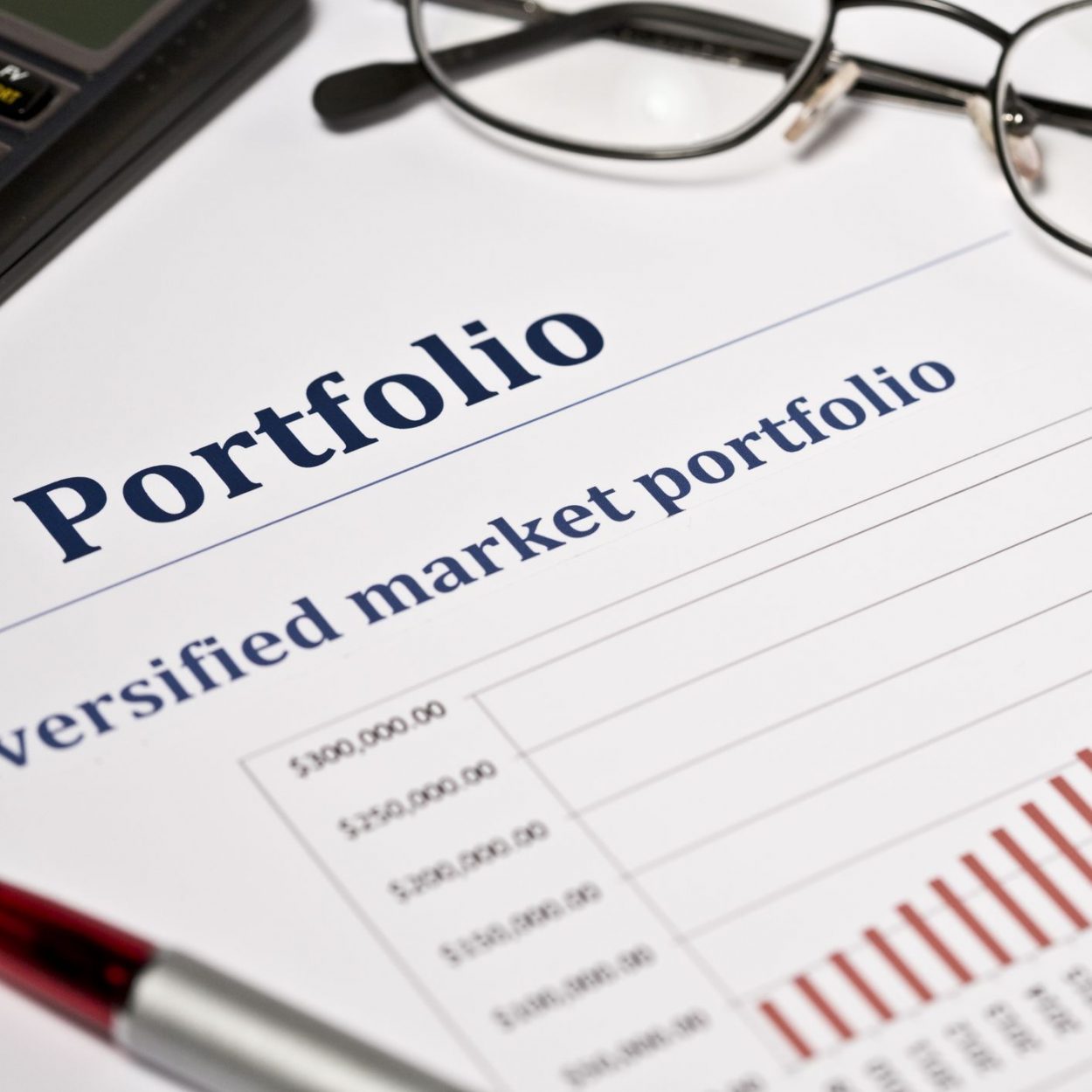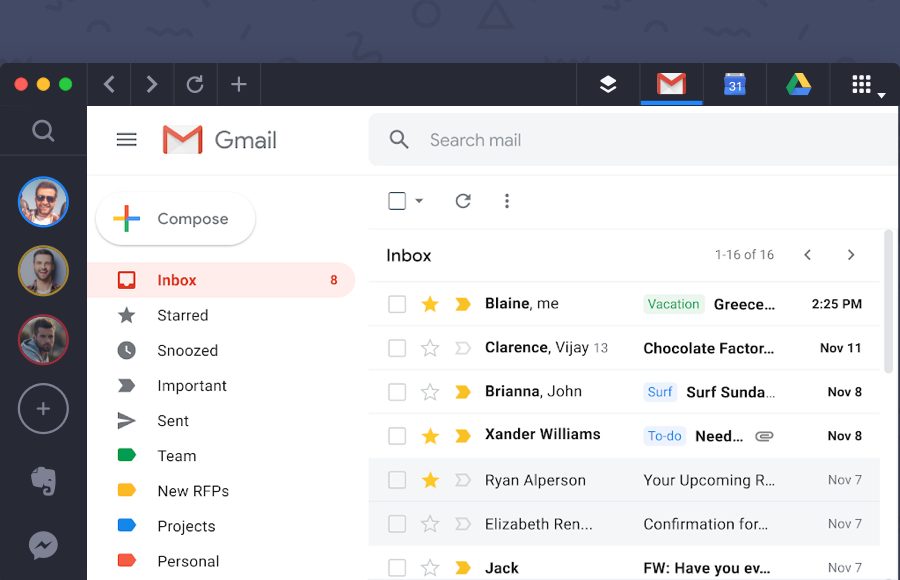There are many professions in which the achievements so far are extremely important. The employer, before hiring an employee, wants to check his previous work to make sure that he will hire the right person. No wonder, none of us want to find a pig in a poke. How to make a portfolio? What should be included in it? This article provides some beginner tips, which we use at monstratext.com.
What is a portfolio?
A portfolio is a collection of work done by an individual. It can be made in physical or digital form. Usually, it is associated with the concept of a folder in which painters or students of the Academy of Fine Arts keep their works. This is the most correct association, but it is worth knowing that artistic professions are not the only ones where a portfolio is important.
And so next to painters, illustrators, designers, photographers, models, graphic designers or musicians, the portfolio will also be useful for translators, copywriters, programmers, proofreaders, editors or architects.

Portfolio instead of work experience?
It is worth noting that the portfolio can be a great way to get a job for people without work experience or education preferred by the employer. Let’s assume we are interested in computer graphics. We have done a lot of work, in various programs, everything is documented, and our portfolio is bursting at the seams. However, we did everything “down to the drawer”, we are self-taught, we did not cooperate with any company. Thanks to the fact that a potential employer can see our work, he can find out that we have the necessary skills, even if our CV is empty.
Therefore, if we do something for ourselves, we educate ourselves in some direction, creating a portfolio seems to be a necessity for the passion to also become a source of income.
How to make a portfolio?
So what should the portfolio look like? What should we include in it? What form can it take?
Physically or digitally?
Of course, the form of the portfolio is important. Some choose to be physical, others digital, or both. In some professions, the form is chosen by itself – as in the case of a painter or programmer, but often we have to decide what we want to do.
Physical form – a book, a folder with drawings, graphics, photos – is certainly a good solution. First of all, we can always have it with us, we don’t need internet access, we have everything at hand. If we go to work meetings, a physical portfolio is a great idea.
In turn, the digital form is much simpler – we can send it at any time, share it on our social media, join link to your CV or cover letter, update it without any problems and send it even to employers from the other side of the world.
The choice depends only on us – but it is worth considering both forms at the same time, if possible.

Portfolio Items
The main element of your portfolio is of course your works. However, remember to choose only the ones you are most satisfied with, are the most polished and actually show your skills. If you are applying for an illustrator position, you do not need to bring to the meeting or post on the site all the drawings you have created in your life. Of course, if you want, you can show your progress with older work, but a proper selection of works is a must.
If you decide to have a website, remember that it must be very intuitive, simple, with only the most important information. Someone who visits it must not feel overwhelmed and lost – for example by the excess of colors, links, etc. Sometimes it is worth betting on minimalism.
In the case of a website, we have to attract a potential employer from the very beginning. It’s a good idea to include your work in a prominent place on the home page so that the person immediately knows what else to expect.
Let’s update the page! If someone comes to our site and sees that we recently added a job 3 years ago, they may think that we have suspended our activities or stopped growing in this area.
The jobs alone are not enough, so it is worth writing a few words about yourself in the portfolio – remember, however, that it should be a brief description – although the truth is brutal, nobody is interested in what our lessons in primary school looked like or who was our favorite singer in the 3rd grade. Let’s focus on the most important information about what we do.
Also, remember to leave the contact details. If someone views your CV, wants to work with you, but will not find an opportunity to reach you anywhere, they will have to give up.
The portfolio can help us find your dream job, so it is worth making efforts to create it and make it so that it does not become outdated!


